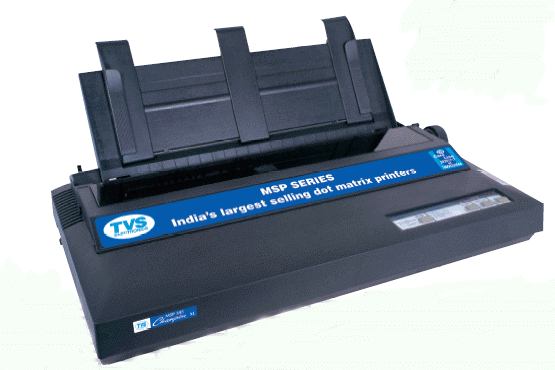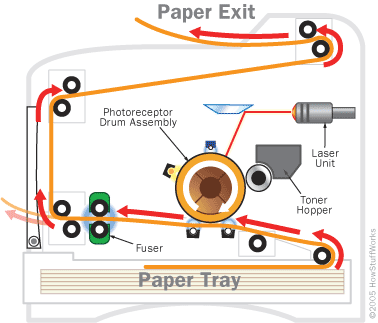The term multimedia comes from two words muti and media.
Muti means many and media means doing some thing.
Multimedia is a combination of two or more from text, audio, video, graphics and animation.
Hypermedia is a combination of hypertext, audio and video.
Multimedia is categorized into two.
1. Linear Multimedia
- It is non iteractive
- Here, user has no cotrol over the content
2. Nonlinear Multimedia
- It is interactive
- Here, user has control over the content













































